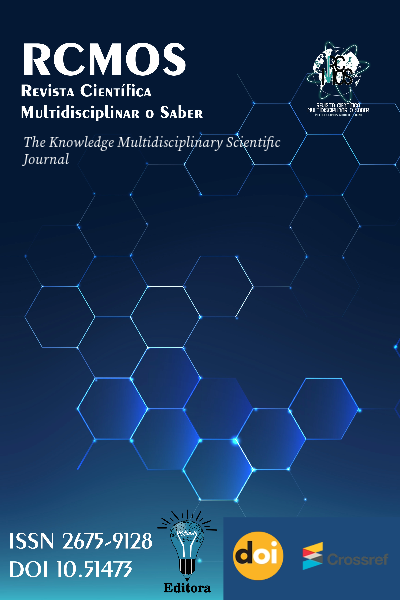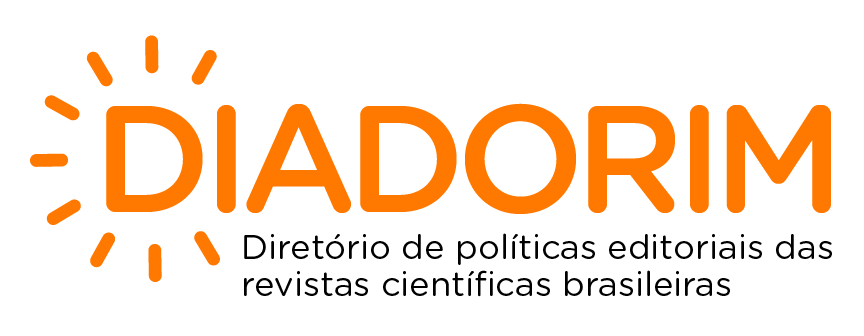Empathy: The Key to Combating Bullying Among Children and Adolescents
Empathy: The Key to Combating Bullying Among Children and Adolescents
DOI:
https://doi.org/10.51473/rcmos.v1i2.2024.794Keywords:
Empathy; Bullying; Peer relationship; Systematic review;Abstract
The increase in the occurrence of bullying situations in schools has been a matter of concern for society in general. Bullying is defined as an aggressive, systematic behavior, prolonged over time and in an imbalance of power, which affects children and young people with great intensity, harming their healthy development, with effects in the short and long term. The promotion of empathy has been pointed out in the literature as an element of inhibition or reduction of this type of violent behavior, since the more empathic capacity is developed, the more chances there are to recognize inadequate attitudes that cause suffering and changes in behavior. The present study sought, through a systematic literature review, based on the research of empirical studies in the B-On database, between the year 2006 and 2021, to understand if in fact there is a relationship between the variables and how promoting empathy helps fight bullying. It is concluded that empathy has a fundamental role in the prevention of bullying in children and adolescents because it contributes to the inhibition of aggressive behavior and to the increase of moral behavior.
Downloads
References
Collins, K., Gratton, C., Heneage, C. & Dagnan, D. (2017). Employed Carers’ Empathy Towards People with Intellectual Disabilities: The Development of a New Measure and Some Initial Theory. Journal of Applied Research in Intellectual Disabilities, 30, pp. 133–146
Garaigordobil, M. & Martínez-Valderrey, V. (2015). Effects of Cyberprogram 2.0 on “face-to face” bullying, cyberbullying, and empathy. Psicothema, 27(1), pp. 45-51
Jolliffe, D. & Farrington, D. P. (2006). Examining the Relationship Between Low Empathy and Bullying. Aggressive Behavior, 32, pp. 540-550
Kokkinos, C. M. & Kipritsi, E. (2017) Bullying, moral disengagement and empathy: exploring the links among early adolescents. Educational Psychology, 38(4), pp.535-552
Lee, J., Lee, Y. & Kim, M. H. (2018). Effects of Empathy-based Learning in Elementary Social Studies. Asia-Pacific Edu Res, 27(6), pp. 509–521
Machackova, H. & Pfetsch, J. (2016). Bystanders’ responses to offline bullying and cyberbullying: The role of empathy and normative beliefs about aggression. Scandinavian Journal of Psychology, 57, pp. 169–176
Pfetsch, J. S. (2017). Empathic Skills and Cyberbullying: Relationship of Different Measures of Empathy to Cyberbullying in Comparison to Offline Bullying Among Young Adults. The Journal of Genetic Psychology, 178(1), pp. 58-72
Ryzin, M. J. V. & Roseth C. J. (2019). Effects of cooperative learning on peer relations, empathy, and bullying in middle school. Aggressive Behavior. 45, pp. 643–651
Şahin, M. (2012). An investigation into the efficiency of empathy training program on preventing bullying in primary schools. Children and Youth Services Review, 34, pp. 1325– 1330
Santos, C. M. C., Pimenta, C. A. M. & Nobre, M. R. C. (2007). A estratégia PICO para a construção da pergunta de pesquisa e busca de evidências. Revista Latino-americana Enfermagem, 15(3)
Schultze-Krumbholz, A., Ittel, A. & Scheithauer, H. (2020). The association between in-class cultural diversity with empathy and bullying in adolescence: A multilevel mediation analysis. International Journal of Psychology,55(5), pp. 769–778
Stavrinides, P., Georgiou, S. & Theofanous, V. (2010) Bullying and empathy: a short‐term longitudinal investigation. Educational Psychology, 30 (7), pp. 793-802
Williford, A., Boulton, A. J., Forrest-Bank, S. S., Bender, K. A., Dieterich, W. A. & Jenson, J.
M. (2016). The Effect of Bullying and Victimization on Cognitive Empathy Development During the Transition to Middle School. Child Youth Care Forum, 45, pp. 525–541
You, S., Lee, J., Lee, Y. & Kim, E. K. (2020). The effects of middle school art class with an Empathy-based learning model. Current Psychology, 39, pp. 1819–1829
Downloads
Additional Files
Published
Issue
Section
Categories
License
Copyright (c) 2024 Maria Nascimento CUNHA (Autor/in)

This work is licensed under a Creative Commons Attribution 4.0 International License.












